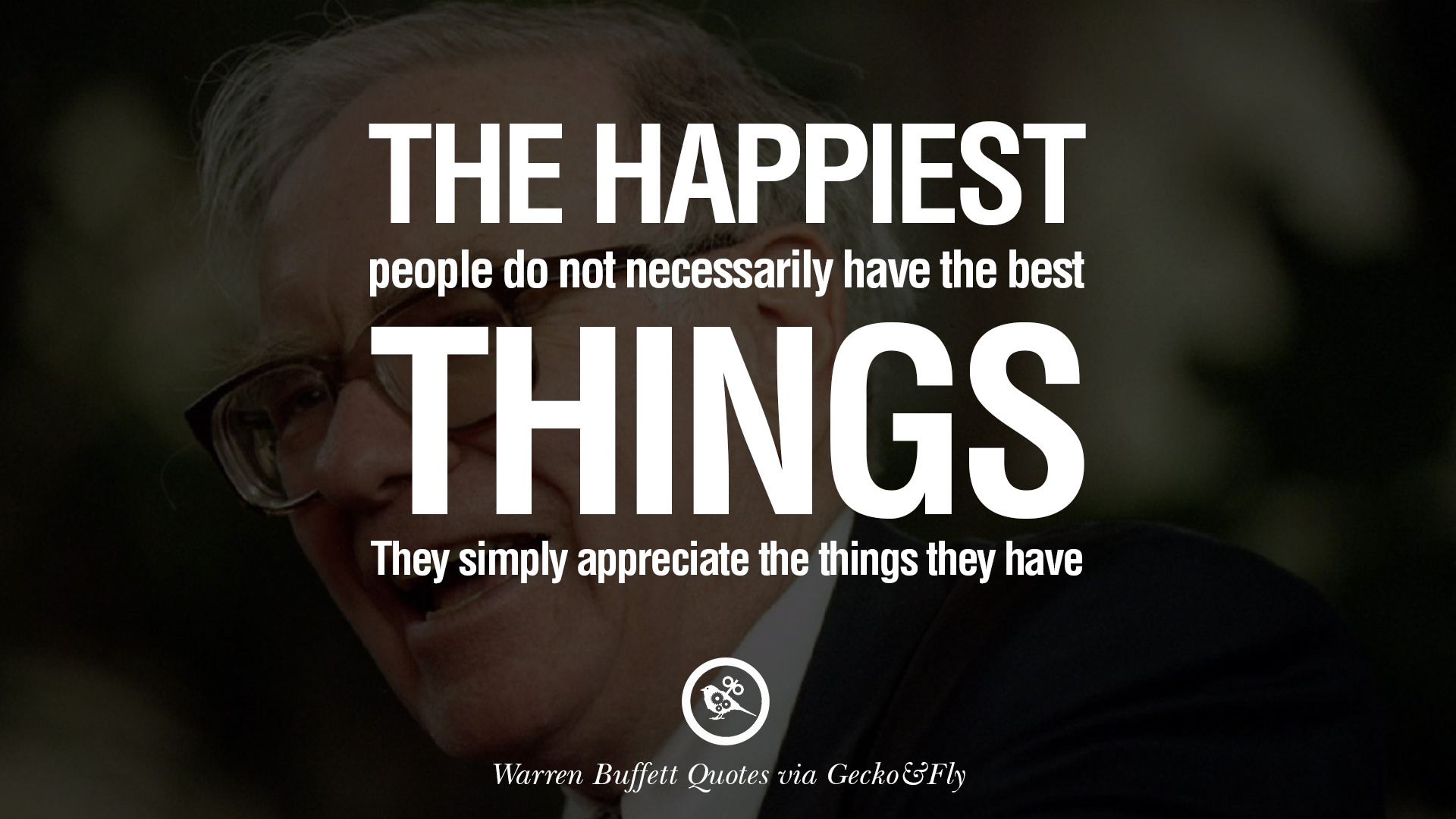
Unlocking Financial Freedom: Fun Ways to Explain Budget vs. Expense
Understanding the difference between a budget and an expense is fundamental to achieving financial stability and reaching your goals. It’s like knowing the difference between a blueprint and the bricks that build a house. One is the plan, and the other is the cost of the materials. While the concepts might seem dry and intimidating, learning about them doesn’t have to be! Let’s explore some fun and engaging ways to demystify the budget vs. expense dynamic.
Why is Understanding Budget vs. Expense Important?
Before we dive into the fun stuff, let’s briefly touch on why this knowledge is crucial:
- Financial Control: Knowing where your money is going empowers you to make informed decisions and avoid overspending.
- Goal Achievement: Whether it’s buying a house, traveling the world, or retiring comfortably, budgeting helps you allocate resources effectively.
- Debt Management: A clear understanding of your budget and expenses allows you to identify areas where you can reduce spending and pay down debt faster.
- Reduced Stress: Financial clarity reduces anxiety and promotes a sense of security.
Fun and Engaging Explanations:
Here are some creative and relatable ways to explain the difference between a budget and an expense:
-
The Pizza Party Analogy:
-
Budget: Imagine you’re planning a pizza party. Your budget is the amount of money you’ve decided to spend on the entire party – let’s say $50. This is your plan, your limit.
-
Expense: Expenses are the actual costs you incur when buying the pizza, drinks, and decorations. The pizza costs $30, drinks are $10, and decorations are $5. These are your expenses.
-
The Lesson: If your expenses ($45) are less than your budget ($50), you’re in good shape! You have money left over. If your expenses exceed your budget (say you ordered extra toppings and spent $60), you’ve overspent and need to adjust.
-
Adding Complexity: Discuss how you might adjust the budget. Maybe you cut back on decorations to stay within the $50 limit. Or you could increase the budget if you can find the extra funds.
-
-
The Video Game Simulation:
-
Budget: Think of your budget as the resources you have in a strategy video game. You start with a certain amount of gold, wood, or energy. This is your planned resource allocation.
-
Expense: Expenses are what you spend to build structures, train units, or research upgrades. Each action costs a certain amount of your resources.
-
The Lesson: If you spend all your resources on building offensive units without investing in defense, you might be vulnerable to attack. Similarly, if you spend all your money on entertainment without saving for emergencies, you’re financially vulnerable.
-
Gamified Learning: You can even use actual video games (especially resource management or city-building games) to illustrate these concepts.
-
-
The Gardening Metaphor:
-
Budget: Your budget is like planning your garden for the season. You decide how much you’ll spend on seeds, fertilizer, tools, and other supplies. It’s your plan for what you want to grow.
-
Expense: Expenses are the actual costs of buying the seeds, fertilizer, tools, and anything else you need for the garden.
-
The Lesson: If you plan to grow expensive plants and buy fancy tools but haven’t budgeted enough, you might have to scale back your plans. Similarly, if you overspend on fertilizer and neglect the seeds, your garden won’t thrive.
-
Visual Aid: Draw a garden plan showing budgeted amounts for different items, then track actual expenses against the plan.
-
-
The Road Trip Analogy:
-
Budget: Planning a road trip? Your budget is the total amount of money you’ve allocated for the entire trip – gas, food, lodging, activities.
-
Expense: Expenses are the actual costs of gas, food, lodging, activities, and any unexpected repairs along the way.
-
The Lesson: If you budgeted $500 for gas but end up driving a gas-guzzler and spending $700, you’ll need to cut back on other areas, like fancy restaurants, to stay within your overall budget. Or you’ll have to dip into your emergency funds.
-
Real-World Application: Plan a hypothetical road trip with friends or family, create a budget, and then track hypothetical expenses.
-
-
The "Wants" vs. "Needs" Sorting Game:
-
Budget: This activity focuses on how you allocate your budget.
-
Expense (as category): Create two categories: "Needs" and "Wants." Write down various expenses on separate cards (e.g., rent, groceries, movie tickets, new shoes, coffee from a cafe).
-
The Game: Have participants sort the cards into the appropriate categories. Discuss why certain items are considered "needs" versus "wants."
-
The Lesson: This activity helps understand how to prioritize spending within a budget. Needs should always be covered first, and wants should be carefully considered based on available funds. You can then assign dollar values to the items and start building a simple budget.
-
Adaptation: This can be adapted for different age groups. For younger children, use simpler items like food, clothes, toys. For adults, use more complex expenses like insurance, retirement savings, entertainment subscriptions.
-
-
The Envelope System:
-
Budget: Allocate a specific amount of cash to different spending categories (e.g., groceries, entertainment, gas) and place that cash in separate envelopes. This is your budgeted amount for each category.
-
Expense: When you spend money, take it from the corresponding envelope.
-
The Lesson: Once the envelope is empty, you can’t spend any more in that category until the next budgeting period. This is a very tangible way to visualize and control spending.
-
Digital Adaptation: There are also digital envelope budgeting apps that offer a similar experience without the need for physical cash.
-
-
The "Budgeting Superhero" Comic Strip:
-
Budget: Create a simple comic strip where a superhero (e.g., "BudgetMan" or "SaveGirl") helps people create budgets and manage their money.
-
Expense: The superhero battles villains like "Overspending" and "Impulse Buying" to help people stay within their budgets.
-
The Lesson: This is a fun and creative way to illustrate the importance of budgeting and the consequences of overspending.
-
Interactive Element: Have kids create their own superhero and design a budget-related storyline.
-
Key Takeaways:
- Budget: A plan for how you’ll spend your money. A proactive strategy.
- Expense: The actual money you spend. A reactive action.
- The goal: To align your expenses with your budget and achieve your financial goals.
Making it Stick:
- Regular Review: Budgets aren’t set in stone. Review and adjust them regularly to reflect changes in income, expenses, and goals.
- Start Small: Don’t try to overhaul your entire financial life overnight. Start with a simple budget and gradually add complexity as you become more comfortable.
- Celebrate Successes: Acknowledge and celebrate your progress along the way. This will keep you motivated and engaged in the budgeting process.
- Find an Accountability Partner: Share your budget and financial goals with a friend, family member, or financial advisor who can provide support and encouragement.
By using these fun and engaging methods, you can make learning about budget vs. expense a positive and empowering experience. Financial literacy is a superpower, and with the right approach, anyone can unlock its potential. Good luck!



